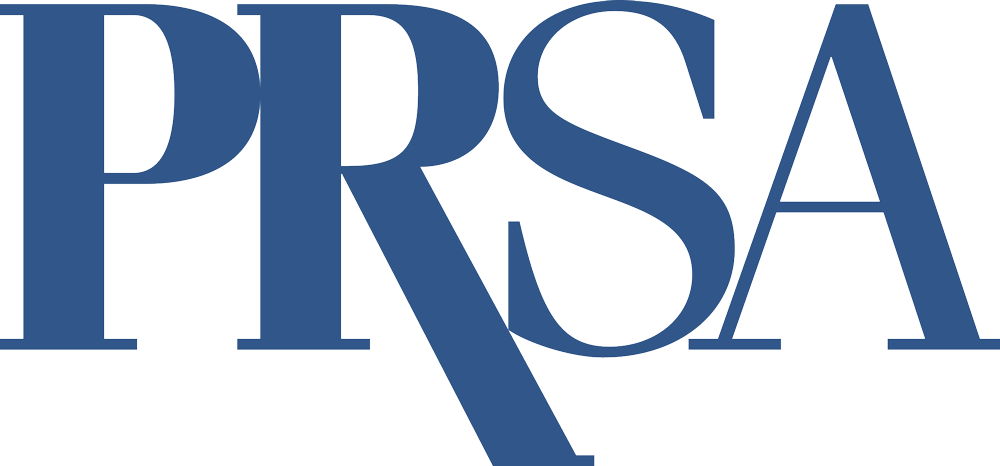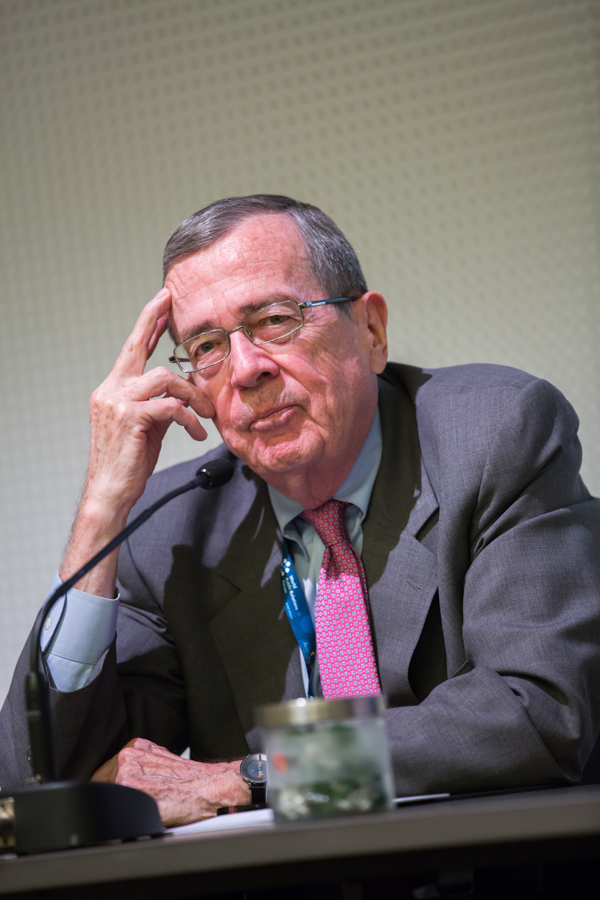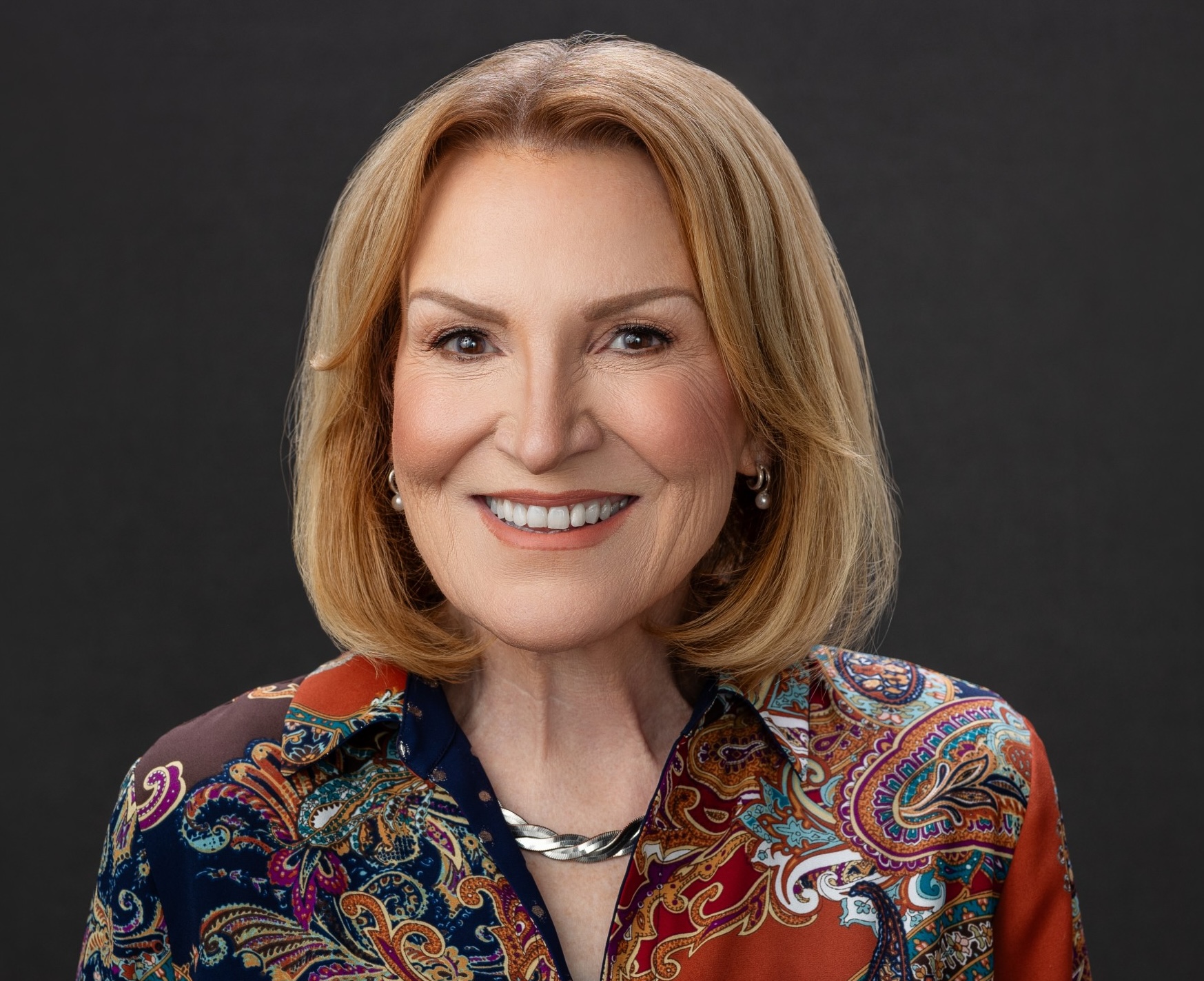Strengthening Communications Education
By John Paluszek, APR, Fellow PRSA
October 2025
In a time when higher education faces intense scrutiny and the communications profession confronts rapid change, the partnership between PRSA and the Accrediting Council on Education in Journalism and Mass Communications (ACEJMC) has never been more vital.
Both organizations have marked milestone anniversaries — 75 years for PRSA and 80 for ACEJMC — as they double down on their shared mission to prepare students to thrive in a fast-shifting media landscape while holding firm to ethics, storytelling and public trust.
To explore the challenges and opportunities ahead, Susan Balcom Walton, Ph.D., APR, Fellow PRSA, newly appointed executive director of ACEJMC, talked with longtime PRSA leader and former Council member John Paluszek, APR, Fellow PRSA, for a timely conversation about how the organizations can keep moving forward together.
Paluszek: With your distinguished career in communications, higher education, and public relations, you bring a valuable perspective for advancing PRSA and ACEJMC progress in a troubled sociopolitical era. Can this profession/academy partnership continue to progress in a decade that some people have called the “roiling 2020s?”
Walton: It’s interesting that you mention the word “roiling,” because one thing that the word “roil” denotes is movement — and one of the keys to navigating turbulent times is to keep moving forward together.
That’s what the profession and the academy are doing. Both PRSA and ACEJMC enable academics and professionals to combine their knowledge and skills to serve on teams that certify and accredit journalism and mass communications programs.
Professionals also contribute by providing valuable insights about workplace trends and needs, helping academics, in the words of ACEJMC’s mission, deliver “professional education that recognizes and incorporates technological advances, changing professional and economic practice, and public interests and demands.”
Paluszek: Maybe it’s karma, or just very interesting, that The Council has grown and evolved over 80 years and that PRSA recently marked its 75th anniversary. Over the decades, they’ve shared enough values and characteristics so that they both now champion excellence in student preparation and “strategic communications.”
Walton: I think we are seeing a growing recognition and appreciation for the commonalities between journalism and other mass communications professions.
Both professions seek to educate and inform the public. Both are based on ethics, skill, and good storytelling. And both are committed to preparing students to succeed and contribute in our professions.
It’s no accident that both organizations are celebrating milestone 75th and 80th anniversaries. They are adept at evolving and continuing to provide educational value.
Paluszek: And it’s only fair and accurate to say that in the past three years, with the presidency of Del Galloway, APR, Fellow PRSA, a longtime PRSA leader, ACEJMC has taken on impressive new dimensions. Del was the first public relations professional to attain that Council leadership position.
Walton: Del’s leadership at ACEJMC has been remarkable. He has leveraged his unique skills and knowledge in public relations to lead the organization’s development of many important and exciting initiatives.
Under Del’s leadership, the Council has developed a new strategic plan and a refreshed brand identity, including visual designs that schools can use to promote their ACEJMC accreditation status.
He also secured a $125,000 grant from the John S. and James L. Knight Foundation to support ACEJMC’s commitment to ensure all voices are represented in the accreditation process, and he has developed relationships with exciting new partners such as the Freedom Forum, which hosted ACEJMC’s 2024 and 2025 Spring meetings and will do so again in 2026.
Del’s ability to engage with the community beyond accreditation — to find areas of mutual interest and benefit — has strengthened and advanced ACEJMC, and his work will benefit our organization, as well as students and journalism and mass communications programs, for years to come.
Other PRSA leaders have also filled important roles within ACEJMC. Past PRSA presidents Michael Cherenson, APR, Fellow PRSA, and Rosanna Fiske, APR, Fellow PRSA, currently serve as Accrediting Council members, and Mike also chairs ACEJMC’s Engagement Committee.
And you, of course, John, are a past Council member, as are Judy Phair, APR, Fellow PRSA, and Dean Kruckeberg, APR, Fellow PRSA. These PRSA leaders bring a skill set that enhances the perspective of the Council.
Paluszek: Among the many achievements, there is also the courageous commitment to address the existential, intrinsic-to-communicators social issues of this era via the new Engagement Committee and the revision of Standard Four, “Advancing a Culturally Proficient Workforce.” This, during the perilous time facing higher education, accreditation and our First Amendment. (Ed Note: ACEJMC Standard Four checks if programs foster equity, respect diverse views, and graduate globally proficient communicators.)
Walton: As you’ve noted, ACEJMC recently underwent a collaborative process to revise the language of Standard Four. We took into account relevant governmental policies and actions and sought feedback from the ACEJMC Accrediting Council, the Accrediting Committee and academic program leaders.
This collaborative process led to revised language and a new name for the standard: “Advancing a Culturally Proficient Workforce.” Importantly, the spirit of this standard remains unchanged.
Programs accredited by ACEJMC must offer a curriculum that promotes equal opportunity, fair treatment, and dignity for all students and faculty. Our goal is to prepare graduates who move through their professional and personal lives as engaged and proficient communicators in a culturally dynamic world.
The ACEJMC Engagement Committee supports this effort. Guided by principles such as active listening, alliance-building, and sustained dialogue, the committee works to shape public understanding and support for ACEJMC’s mission. This language reflects what we’ve already published on the topic.
Paluszek: How would you present an invitation to PRSA members to take part in the PRSA-ACEJMC partnership?
Walton: Both PR professionals and PR academics can explore serving as ACEJMC site visit team members. Both are needed for this important work, as we accredit many schools whose programs include both journalism and general mass communications programs.
If anyone is interested in qualifying to serve as a site team member, then please reach out to us at www.acejmc.org.
More generally, my encouragement to PR professionals and educators is simply this: Be a part of the joint mission of ACEJMC and PRSA/PRSSA to support journalism and mass communications and prepare students for the workforce.
PR professionals can serve as guest speakers and presenters in classes, advise or volunteer with a PRSSA or a Society of Professional Journalists student chapter, serve as judges or reviewers for student work and offer internships. The practitioners of tomorrow need our skills, mentorship and help today.



